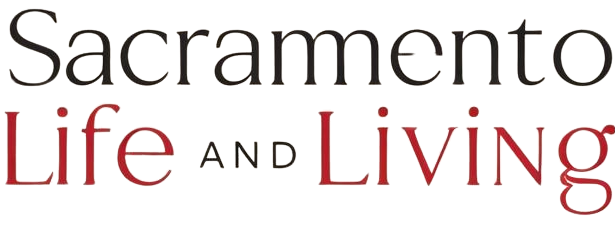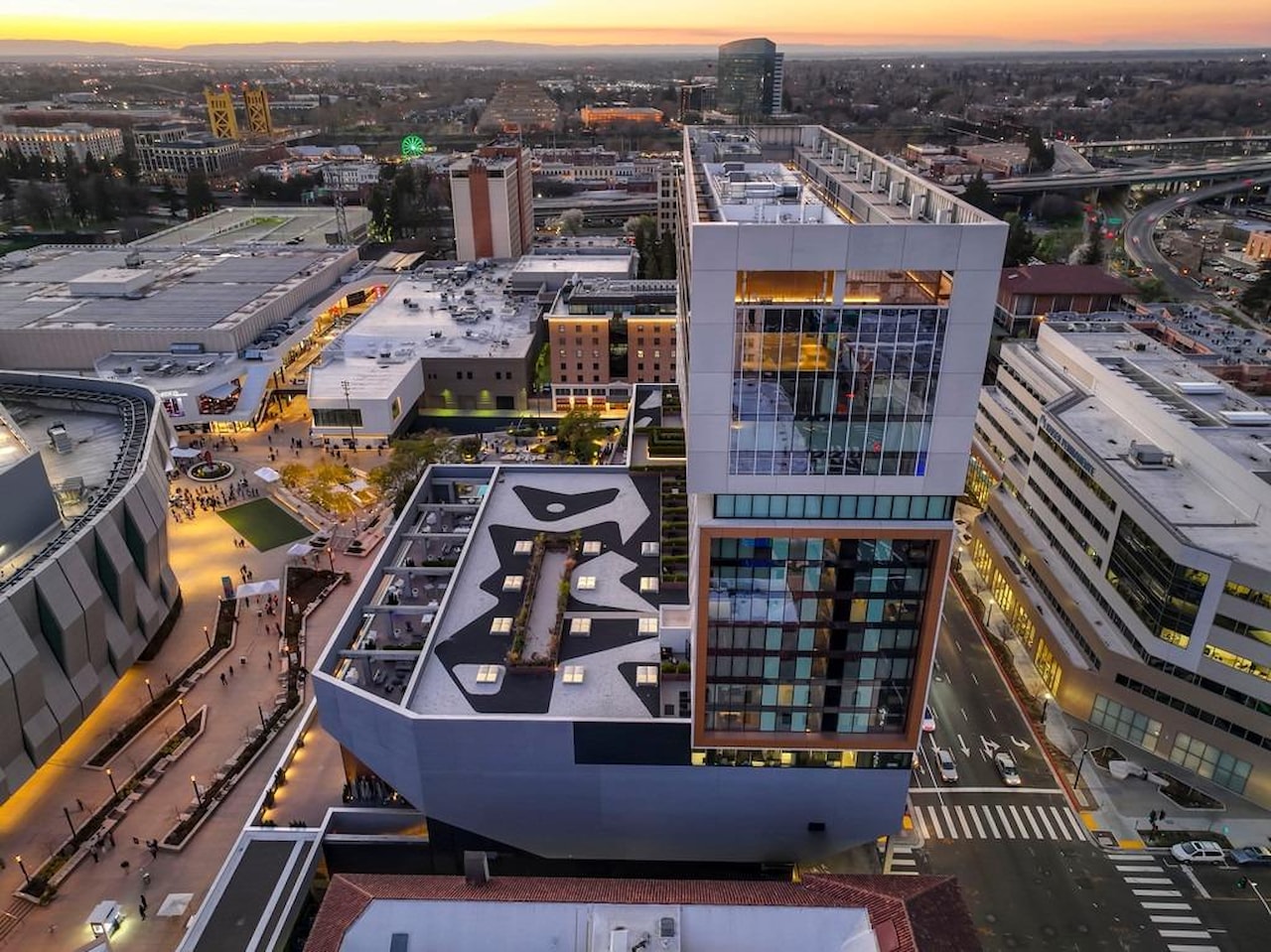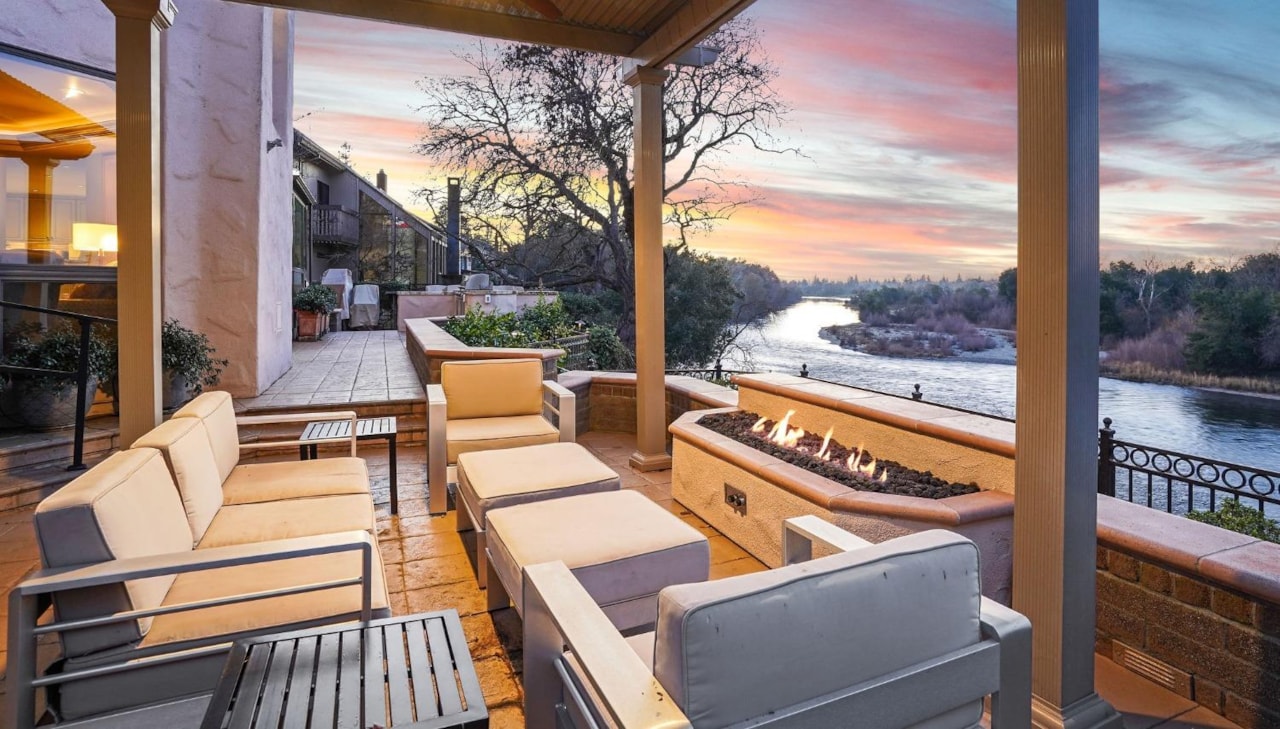Investing in real estate can be highly rewarding, especially if you identify an up-and-coming neighborhood before it becomes the next big thing. Getting in early can mean purchasing property at a lower cost and watching its value soar as the area develops. However, spotting a neighborhood on the verge of a boom requires keen observation and research. Here’s how you can identify the signs of a rising neighborhood before everyone else does.
1. Look for Early Signs of Gentrification
Gentrification is often a key indicator that a neighborhood is on the rise. This process typically involves an influx of higher-income residents, leading to the renovation of older buildings and a shift in the demographic and economic landscape of the area. Early signs of gentrification include:
- New Businesses: The opening of trendy cafes, boutique shops, art galleries, and restaurants often signals that a neighborhood is becoming more desirable. Trendy businesses and cafes often appear in gentrifying areas.
- Home Renovations: An increase in home improvement projects and renovations suggests that property owners are investing in the area, expecting property values to rise. Increased home renovations indicate rising interest in the neighborhood.
- Rising Rent Prices: As demand for housing increases, so do rental prices. If you notice rents in a particular area are climbing, it could be a sign that the neighborhood is on the verge of a boom. Watch for rising rent prices as an early indicator of demand.
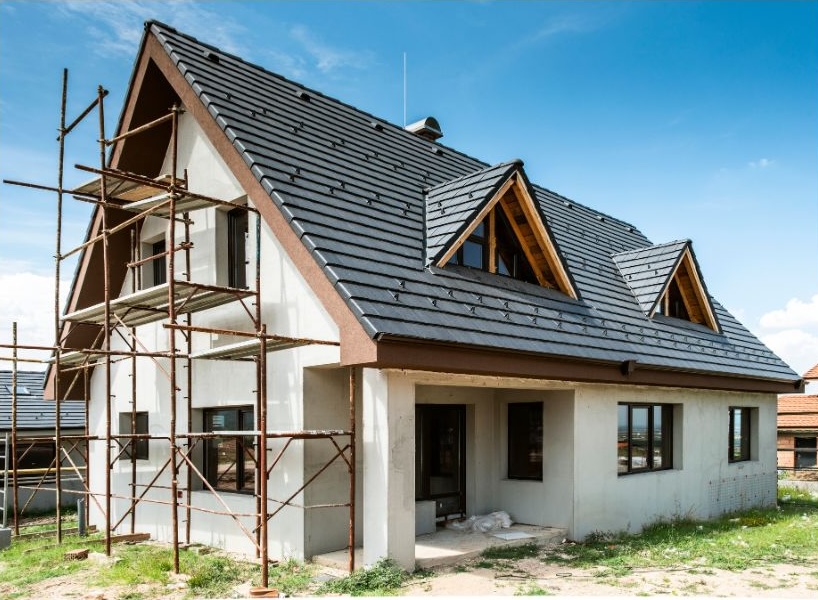
2. Check for Infrastructure Development
Infrastructure development is a strong predictor of a neighborhood’s future potential. City planners and developers typically invest in infrastructure improvements in areas they anticipate will grow. Look for the following:
- Public Transportation: New or improved public transportation options, such as subway lines, bus routes, or bike lanes, make a neighborhood more accessible and attractive to potential residents. New public transportation options make neighborhoods more accessible.
- Road Improvements: Upgrades to roads, sidewalks, and street lighting indicate that the city is preparing for increased traffic and use, signaling potential growth. Road and infrastructure improvements suggest the city is preparing for growth.
- Community Amenities: The construction of new schools, parks, or recreational facilities can be a strong sign that the area is on the city’s radar for development. New community amenities like parks and schools are signs of future potential.

3. Pay Attention to Real Estate Trends
Real estate trends are one of the most direct indicators of an up-and-coming neighborhood. Pay attention to the following factors:
- Rising Home Prices: If home prices in a neighborhood are steadily increasing, it’s a sign that demand is growing. Even small, consistent increases can indicate that the area is becoming more desirable. Rising home prices are a clear sign of growing demand.
- Shorter Days on Market: Homes that sell quickly suggest high demand. If properties in a specific neighborhood are spending less time on the market than they used to, it’s a sign that more buyers are interested in the area. Homes that sell quickly indicate strong interest from buyers.
- Vacancy Rates: Lower vacancy rates, particularly in rental properties, indicate that people are moving into the area. A neighborhood with few vacant homes or apartments is likely on the rise. Low vacancy rates show that the neighborhood is attracting new residents.
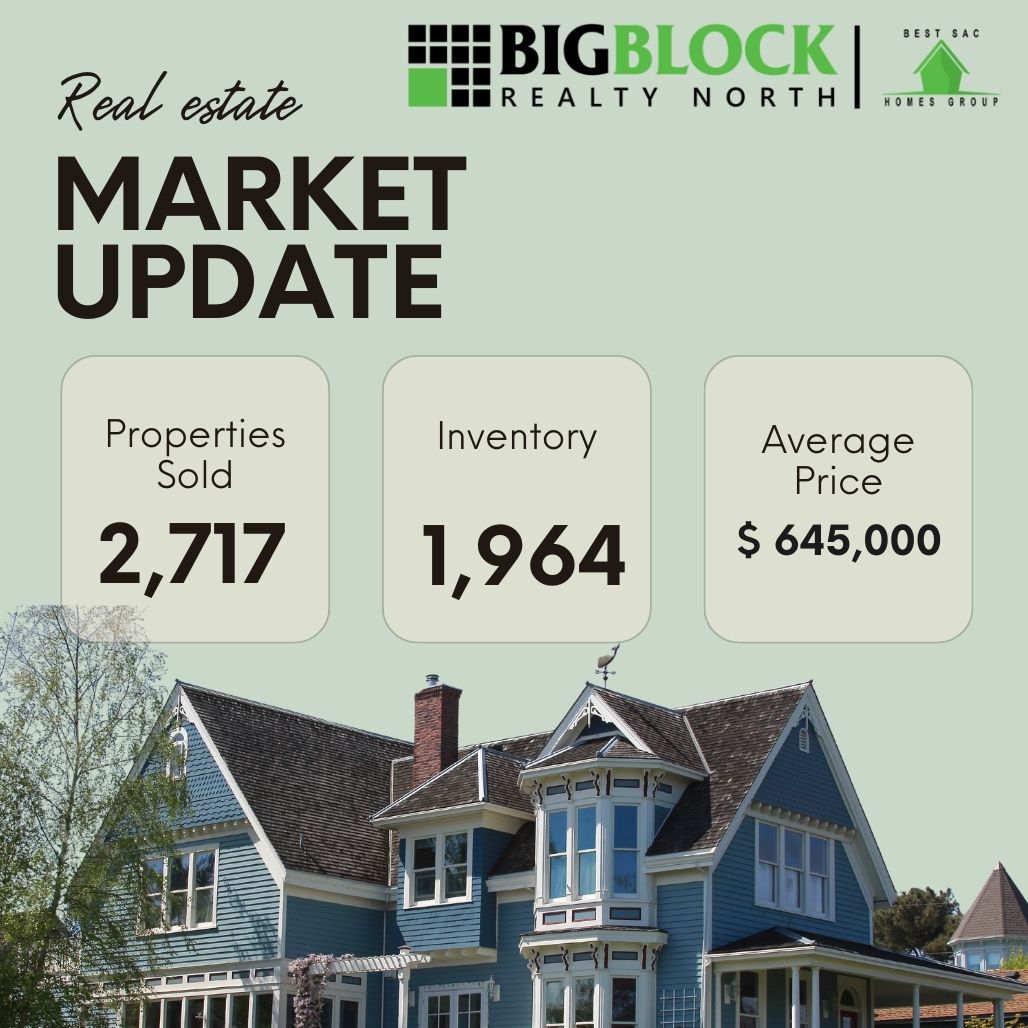
4. Investigate Local Economic Development Plans
Cities and municipalities often publish long-term economic development plans that outline where they intend to focus resources and growth. Reviewing these plans can give you insight into which neighborhoods might experience a boom in the coming years. Look for:
- Planned Commercial Developments: New shopping centers, office buildings, and entertainment venues can draw people to the area and increase property values. Review city economic development plans for insights on growth areas.
- Zoning Changes: Areas that are rezoned for higher-density residential or mixed-use development are often on the path to becoming more populated and prosperous. Planned commercial developments can boost a neighborhood’s appeal.
- Tax Incentives: Some cities offer tax incentives to businesses or developers to encourage investment in certain neighborhoods. This can accelerate growth and attract new residents. Zoning changes and tax incentives signal potential growth.
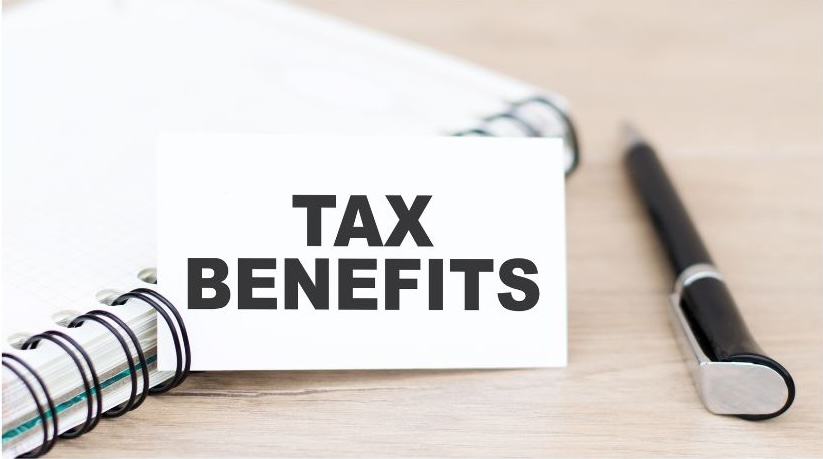
5. Monitor Demographic Shifts
Demographic changes can be a powerful indicator of an up-and-coming neighborhood. Young professionals, artists, and families are often among the first groups to move into developing areas. Here’s what to watch for:
- Increased Diversity: A growing mix of cultures, age groups, and income levels can indicate that a neighborhood is becoming more inclusive and appealing to a broader range of people. Growing diversity suggests the neighborhood is becoming more inclusive.
- Inflow of Young Professionals: Young professionals often seek affordable housing close to urban centers. If you notice an influx of this demographic, it could signal that the area is gaining popularity. An influx of young professionals indicates rising popularity.
- New Family-Friendly Amenities: The opening of daycare centers, family-friendly restaurants, and schools can indicate that the neighborhood is becoming more attractive to families, which often precedes broader community growth. New family-friendly amenities signal that the area is attracting long-term residents.

6. Observe the Presence of Art and Culture
The presence of art and cultural activities can be a strong indicator of a neighborhood’s potential. Artists and creatives often seek affordable spaces to live and work, and their presence can transform a neighborhood into a vibrant community. Look for:
- Art Galleries and Studios: An increase in galleries, artist studios, and cultural events can signal that a neighborhood is becoming a hub for creativity. Art galleries and studios often appear in up-and-coming areas.
- Street Art and Murals: Public art often precedes broader revitalization efforts, attracting visitors and new residents to the area. Public art, such as murals, can indicate revitalization efforts.
- Cultural Festivals and Events: Regular cultural events or festivals can draw attention to a neighborhood and increase its appeal. Cultural events and festivals boost a neighborhood’s visibility and attractiveness.

7. Connect with Local Real Estate Agents and Investors
Real estate agents and investors have their fingers on the pulse of neighborhood trends. They can provide valuable insights into which areas are showing signs of growth and potential. Building relationships with these professionals can give you access to insider information about:
- Undervalued Properties: Agents and investors often know about properties that are currently undervalued but have strong growth potential. Real estate agents and investors can offer insider knowledge on neighborhood trends.
- Emerging Neighborhoods: They can identify emerging neighborhoods based on their experience and knowledge of local market trends. They can help you identify undervalued properties with growth potential.
- Investment Opportunities: Networking with real estate professionals can help you discover investment opportunities before they become widely known. Building relationships with industry professionals can open up new opportunities.

8. Explore the Neighborhood’s Walkability and Green Spaces
A neighborhood’s walkability and the presence of green spaces can significantly impact its desirability. Areas that offer easy access to parks, walking trails, and local shops often attract residents who prioritize convenience and outdoor activities. Consider:
- Walkability Score: Neighborhoods with high walkability scores tend to be more attractive to potential buyers and renters. These areas offer the convenience of being able to walk to shops, restaurants, and public transportation. High walkability scores increase a neighborhood’s attractiveness.
- Proximity to Parks and Green Spaces: Access to parks, community gardens, and recreational areas can enhance the quality of life in a neighborhood, making it more appealing to families and outdoor enthusiasts. Proximity to parks and green spaces enhances residents’ quality of life. Walkable neighborhoods with green spaces are often in high demand.

Conclusion
Spotting an up-and-coming neighborhood before it booms requires a combination of observation, research, and networking. By paying attention to signs of gentrification, infrastructure development, real estate trends, and demographic shifts, you can identify areas with strong growth potential. Additionally, connecting with local real estate professionals and monitoring the neighborhood’s walkability and green spaces can give you a competitive edge in making informed investment decisions. Whether you’re looking to purchase a home or invest in real estate, identifying an emerging neighborhood early on can lead to significant financial rewards and a vibrant living experience.
If you are looking to buy your dream home or sell your existing house in Sacramento feel free to get in touch with us today!

